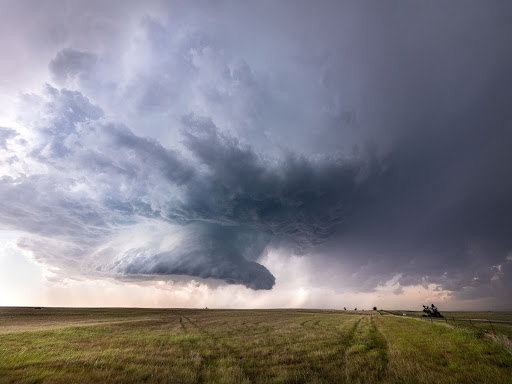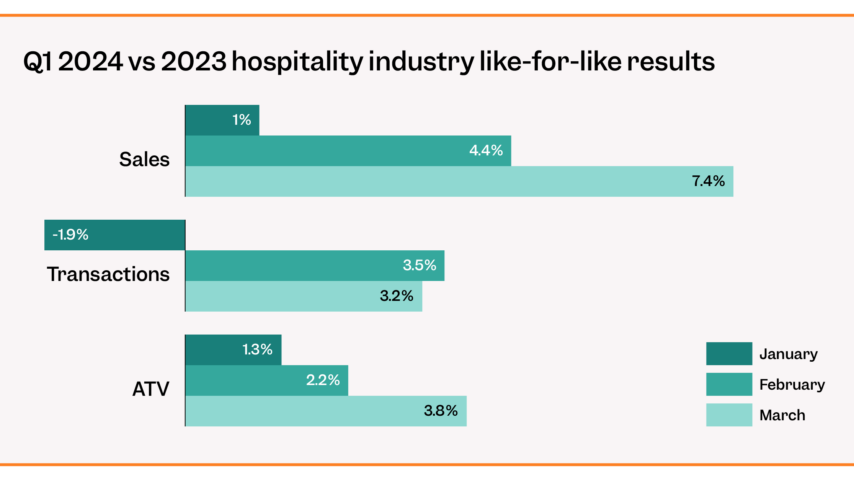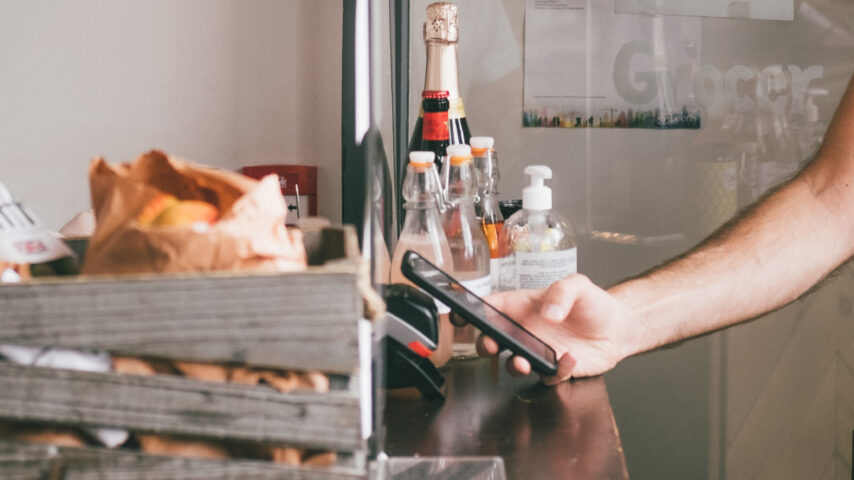We spend a lot of time thinking about forecasting. At Tenzo, we want to help restaurants predict their sales as accurately as possible and use those insights to make their business as efficient as possible. But, over the years, we’ve seen the same problems crop up time and time again:
-
Managers are given operational tools to deploy their team and order stock.
-
These tools typically use a 4-week average to forecast sales, but are often ignored by the team as accuracy isn’t high enough (especially on days like Mothers’ Day or Valentine’s Day)
-
The data needed to make more accurate forecasts is siloed in different systems and there is a lack of communication between them.
-
This means that they receive poor forecasts which are different in each system, contributing to lots of confusion and stress and either over or under spending
It’s a shame because every restaurant has the building blocks to get 30-50% more accurate sales forecasts, but, in the past, the process to get to these was not easy. We’re changing that.
The current sales forecasting pitfalls
On a day-to-day basis, restaurateurs are constantly trying to balance their revenue (sales) with their variable outgoings (cost of labour and cost of goods sold). It’s a constant balancing act to hit the sweet spot that maximises sales but doesn’t underestimate team and inventory needs.
Every restaurateur’s nightmare is to have unhappy customers because there’s a rush and you don’t have enough of certain ingredients or the service is too slow leading to negative reviews. On the flip side, however, having too many people scheduled and ingredients that go off before they’ve been used is a colossal waste of money – far from ideal in such a slim-margined business.
Unfortunately, this sort of situation happens far too often. The problem is that restaurant managers are asked to schedule staff and order stock for days and weeks to come, but they aren’t given the tools they need to do this as efficiently as possible.
Traditional methods
At the moment, most General Managers are given a 4-week average to help guide their decision-making. However, this average doesn’t take into account changes in seasonality, weather, holidays or events which can heavily affect sales. Further, the headache of having to redo rotas every week means that many will just copy the same as the week before without considering efficiencies or where they can maximise sales.
When it comes to inventory orders, most restaurants used fixed par levels to order ingredients. This means that they have a predetermined amount that they should have in and they just top up their levels to match that number. This also doesn’t take into account any seasonal changes or events which can change the popularity of certain items (think more salads in summer and more pies in the winter).
What therefore ends up happening is that when there is a one-off busy day e.g. Valentine’s Day, a Bank Holiday or even a football match, they end up under-staffed and under-stocked. This is also the case if you’re ordering and staffing the same amount for a week in the middle of July vs the middle of November.
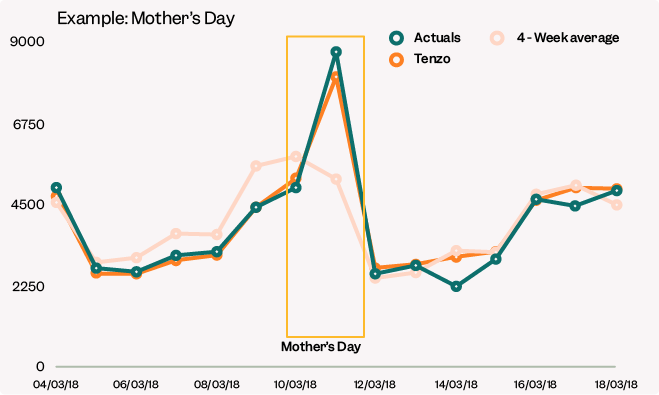
These methods end up generating a huge amount of waste (a third of all food waste comes from hospitality amounting to 1 million tonnes of wasted food per year or £3 billion wasted) and unhappy teams as they are asked to turn up at the last minute or sent home early if the demand is not there.
Why haven’t these forecasting problems been solved yet?
This has always been a problem in the industry so you may ask why it hasn’t been solved yet. The issue is that the restaurant tech stack has siloed data in individual systems up until now. You’ll have your POS (such as Lightspeed, Toast, Square, etc) which deals with all your sales data and (hopefully) integrates with your delivery partners so that all your sales are stored within that system.
Then you will have a separate labour scheduler where you’ll be able to schedule your team and keep track of time sheets to enable easier payroll. Some examples of these are Planday, Deputy, or Workforce.com. Some of these systems may integrate with your POS but might only show historical sales (not helpful for big swings in sales led by holidays and the like) or they will have forecasting capabilities but only show a 4-week average not taking into account events or weather.
Inventory tools which enable you to keep track of purchases and usage based on recipes (like MarketMan or Apicbase) may also have these sales integrations, but again only in the most basic sense. Neither labour nor inventory tools pull in the transactional data necessary to be able to forecast at the granularity needed (i.e. sales per hour to schedule hourly rotas or sales per item per day part to accurately forecast item-level needs).
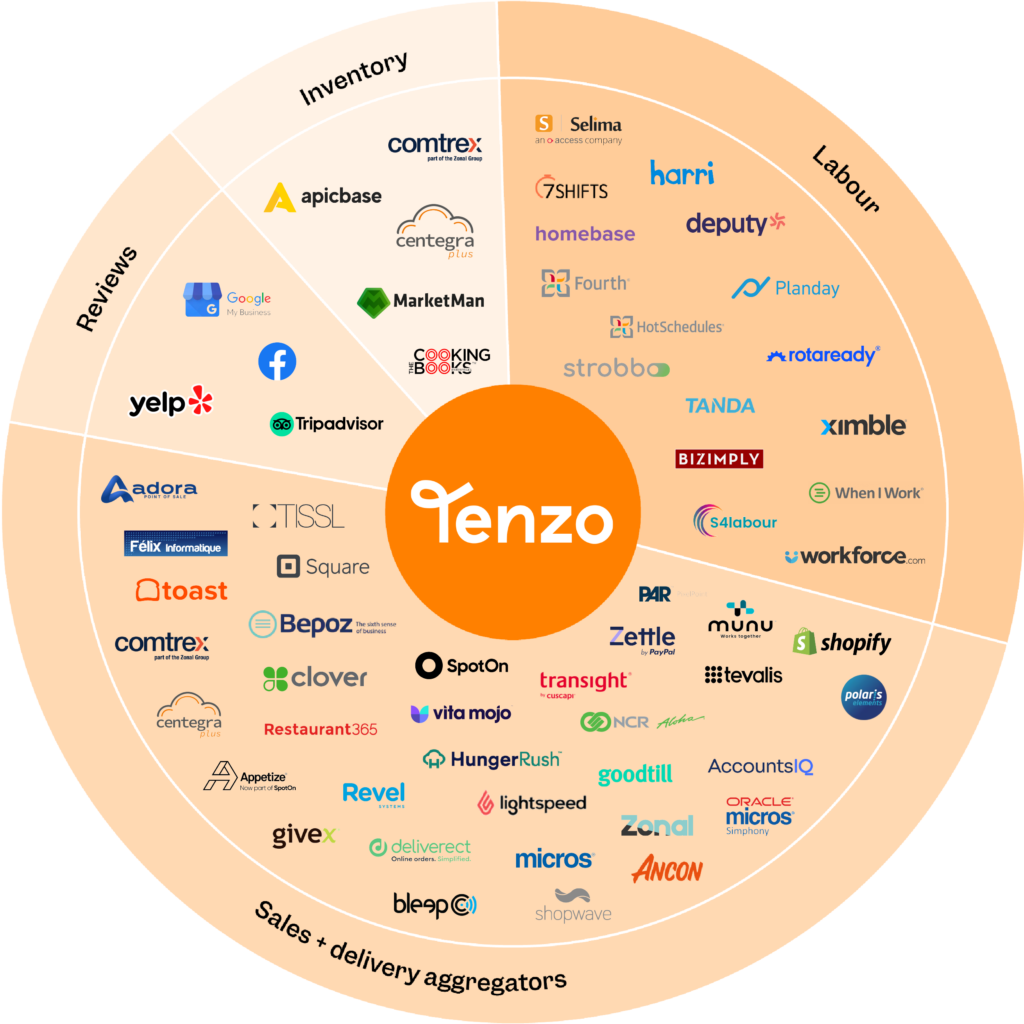
There are few tools available that do use AI or machine learning to give more accurate predictions, however the risk is that your labour tool and your inventory tool come up with different predictions. This leads to issues like too much labour but too little stock or vice versa. Plus, it confuses your team as they don’t know which numbers to trust and end up suspicious of both systems.
The thing is, these forecasts are not the main priority of these tools. Their main priority is to be excellent labour and inventory tools – which they are. Forecasting is an add-on for them so obviously the vast majority of their development time isn’t spent improving it. Further, it’s actually incredibly difficult to get the information needed from all of their customers’ POS systems to make it work well.
Are all-in-one restaurant management systems the answer then?
There are several platforms that claim to be able to service all of your tech needs from POS, to labour, to inventory, to forecasting. The issue here is that even more so than individual systems, they have to spread themselves too thin which unfortunately gives you mediocre functionality across all their products.
Using best-in-breed technology will ensure you have the best possible functionality for each tool, but that still leaves the question of forecasting. You want to have a system that brings data from all your systems into one place that can then give you the most granular possible forecasts.
Tenzo’s approach
By pulling granular transactional data from your POS and combining it with weather, events and machine learning algorithms, Tenzo is 30-50% more accurate than traditional approaches.
The truth of the matter is that we are specialists when it comes to restaurant data, so we have the infrastructure to give you the most accurate results for your business. All of our focus is on analysing that data so we put in the time and effort to make our outputs as good as possible.
-2.png)
Most importantly, we want to involve the GMs so that they are confident in the forecasts. We know that their local knowledge can make our forecasts even better, so we like to say that we give them a better starting point, but in most cases a GM can further improve Tenzo’s forecast by 5-10%.
We recognise that we don’t know everything – there could be construction outside the restaurant for a week or two that will reduce footfall and see a decrease in sales, but the only person to know that will be the GM who can then adjust the forecast accordingly.
By giving the GM the freedom to adjust forecasts, there is far more buy-in from the team than if they were simply given a number that is seemingly pulled out of thin air. Tenzo shows sales from the equivalent day a year before, last week’s sales and then our forecast to show that our predictions are based on fact.
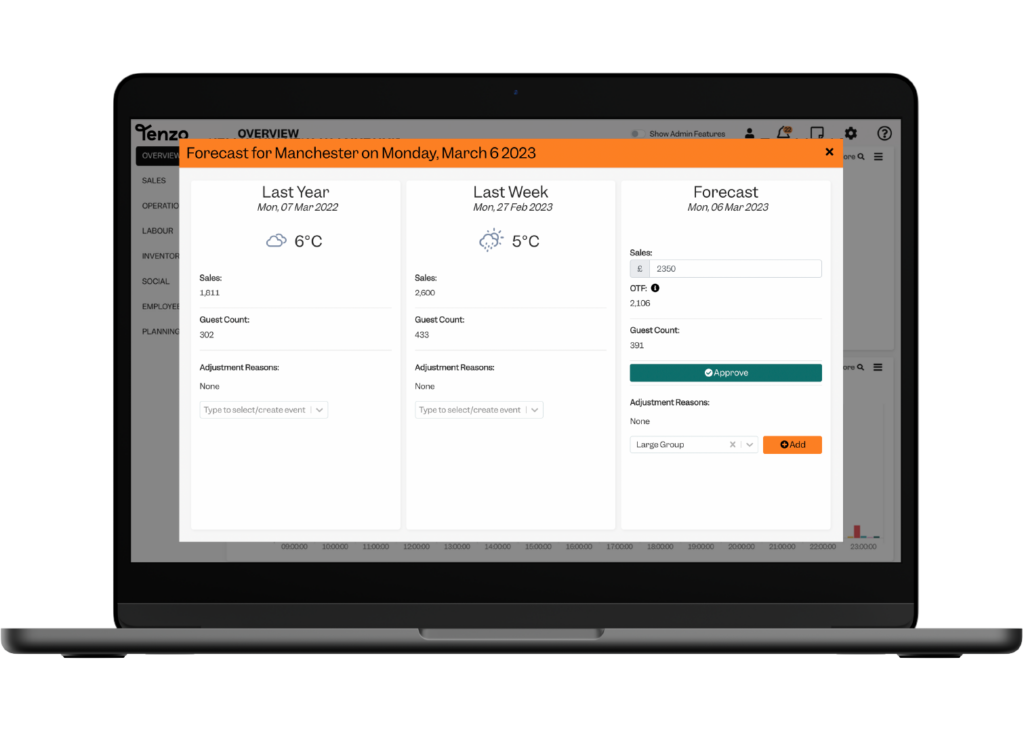
Once the GM has approved the forecasts, we break down the forecast by hour and by item. This allows the team to staff for the busiest times and order the items that will be most popular given all the variables.
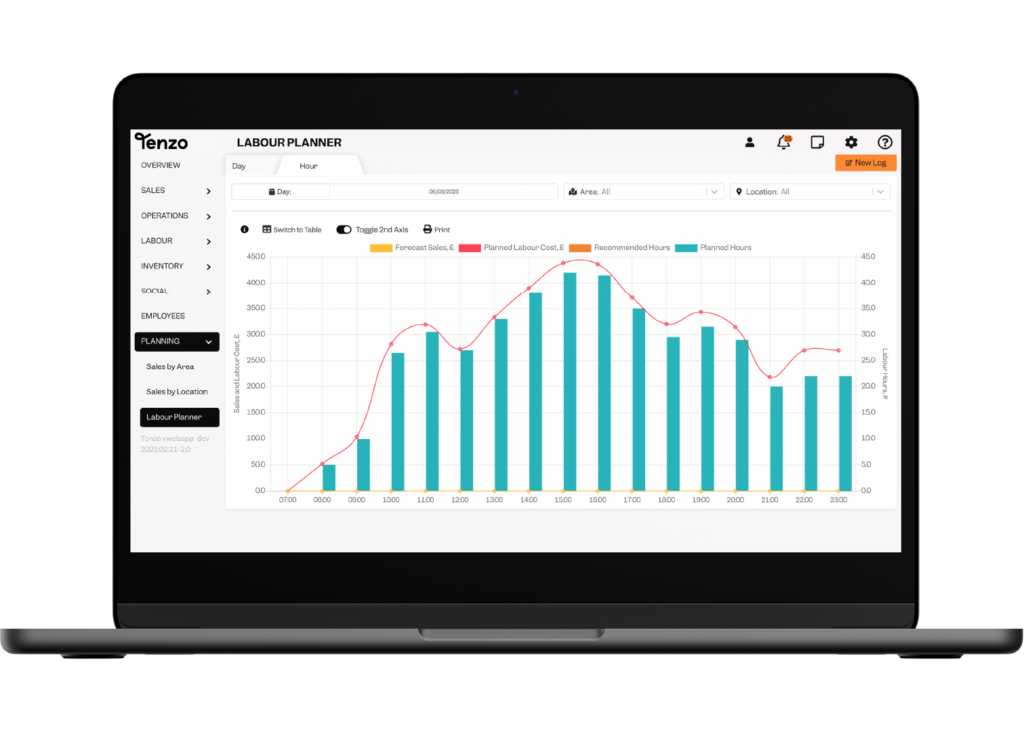
We also make that granular forecast available on our API, which means that labour and inventory tools can pull this from the API (or from Zapier) to make it available in their own tool. This stops the need to switch back and forth between multiple systems when planning and allows for a single source of truth to influence all of the plans eliminating the “too much stock/too little staff” situation and allows these tools to give their customers more accurate forecasts.
Always striving for better
We’re always trying to make Tenzo even better for our users. There are a lot of features in the pipeline which will make forecasting even more intuitive and easy.
First up, we’ll be expanding our alerts to include changes in forecasts due to outside factors like weather or events (e.g. if the English football team were to make it through to a semi-final in the Euros, forecasts at pubs would jump significantly). We run our forecasts every day so we can alert GMs if there are any significant changes.
Alerts can also be helpful reminders if the team hasn’t ordered enough food or if more staff need to be scheduled based on forecast sales. The lack of communication between your different systems can make it easy to forget to update the schedule when you update your forecast, so Tenzo will be able to alert you if that’s the case.
Work on hourly and item accuracy also continues thanks to our Innovate UK grant. Our goal is to be able to tell you exactly what you need to prep for the lunch rush before the queue is out the door to make restaurants as efficient as possible.
Finally, we’ll be adding even more data sources that will affect our AI algorithm to give us even more accurate forecasts such as reservation data and footfall counters, so keep an eye out for them.
We couldn’t be more excited about the direction we’re heading and to continue helping restaurants save on food waste and increase efficiency in any way we can.
Cover Photo by Raychel Sanner on Unsplash
